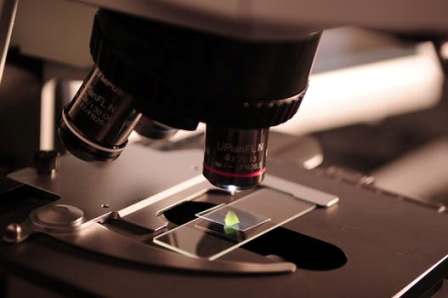
Human Para’s second research, which sought to detect MAP in blinded blood samples from Crohn’s and control pediatric subjects, has now concluded. In November, we met with our three research partners (McGill University, Children’s Hospital of Philadelphia and Otakaro Pathways) to discuss the results.
Study Design and Implementation
The teams from McGill and CHOP each agreed to collect 15-20 blood samples taken from 1) Crohn’s disease patients in active flare and 2) healthy control subjects. Samples would be blinded and sent to Otakaro Pathways for analysis. Otakaro would attempt to detect cell wall-deficient mycobacteria using their proprietary methodology and media and provide results, at which point the samples would be unblinded.
CHOP Samples
15 blinded blood samples from pediatric patients were sent to Otakaro. After results were reported, the samples were unblinded and categorized as follows:
| Crohn’s in Active Flare | 4 |
| Crohn’s in Remission | 5 |
| Colitis; Not definitive IBD | 1 |
| Healthy Control | 5 |
Atypical mycobacteria was detected in varying amounts in all 15 samples. 3/4 Active Flare samples showed a large amount of growth. The Healthy Control samples and those from patients with Crohn’s in Remission had similar characteristics. One Healthy Control sample also showed a large amount of growth, whereas one Active Flare sample had very little growth. The researchers concluded that the mycobacterial growth pattern, as it correlated to disease state, was not yet validated for their purposes.
McGill Samples
21 blinded blood samples were sent to Otakaro in two batches. 9 samples were sent in the first batch, and there were 12 samples in the second. After results were reported, the samples were unblinded and categorized as follows:
| Batch 1 | ||
| MAP spiked/infected lab sample | 4 | 3 hemolyzed |
| Healthy Control | 5 | Same subject
1 hemolyzed |
| Batch 2 | ||
| Healthy Control | 12 | 2 subjects |
In the first batch of samples, shipping delays resulted in 4 samples arriving hemolyzed, and limited analysis was available. (Of the 4 hemolyzed samples, 3 were eventually categorized as MAP spiked/infected.) The remaining viable 5 samples were analyzed by Otakaro. A large amount of acid-fast bacilli was correctly detected in one sample, while scant or no mycobacteria were detected in the remaining 4 samples. Note: The Healthy Control samples in this batch were drawn from the same donor. Based on this positive report, a second batch of samples was sent.
The second batch of 12 blinded samples arrived without shipping delays and were of good quality. One tube of blood was sent for each sample, rather than two. After initial testing, it was noted that the samples were remarkably similar in appearance. Otakaro concluded that the samples did not reflect the protocol definition, and further analysis pointed to a single human source. There were virtually no intracellular mycobacteria in any sample, and none were consistent with a patient in Crohn’s flare. Upon unblinding, it was revealed that the 12 samples derived from two Healthy Control subjects. Additionally, one of the two Healthy Control subjects from batch 2 was the same donor for the first batch of samples.
Conclusion
The researchers concluded that this method required further research and validation, but some knowledge was gained. Any conclusions should be viewed in the context of a small sample size. The appearance of samples from control subjects and Crohn’s patients in remission were similar. The majority of the active flare Crohn’s subjects showed increased mycobacterial growth, and further research to determine the identity of these acid-fast bacilli may be beneficial.
Human Para would like to thank the researchers at CHOP, Otakaro Pathways and McGill University for participating in this study.
